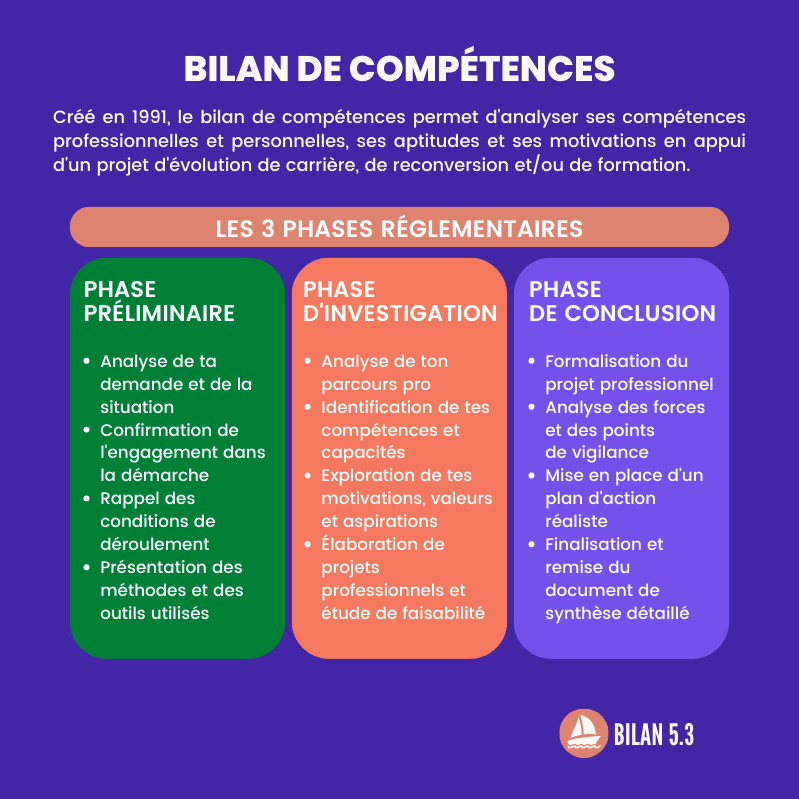The smell of human stress affects dogs’ emotions and causes them to make more pessimistic choices.

- In one study, the stress odor slowed dogs’ approach to the ambiguous bowl location closest to the known location of the empty bowl.
- This effect was not observed with the relaxing odor.
- The dogs continued to improve their learning, especially when the stress odor was present.
“Dogs are able to distinguish between stressed and non-stressed human odor samples, but the effect on their cognition has not been studied,” said scientists from the University of Bristol (England). That is why they decided to carry out a study, published in the journal Scientific Reportsto test how human stress odors affect dogs’ learning and emotional state.
A test of “optimism” or “pessimism”
To conduct their research, the team recruited 18 dog-owner pairs, who participated in a series of experiments with different human scents. During these experiments, the dogs learned that when a bowl was placed in one location, it contained a treat, but that it was empty when it was placed in another location. Once the dog learned the difference between the two locations, it approached the location with the treat more quickly than the empty location.
Next, the researchers tested how quickly the dog approached new, ambiguous locations of bowls placed between the two original ones. In parallel, they used a test of “optimism” or “pessimism” in animals. This is based on the finding that people’s “optimistic” or “pessimistic” choices indicate positive or negative emotions. In the experiments, a fast approach reflected “optimism,” a marker of a positive emotional state, about the presence of food in these ambiguous locations, while a slow approach indicated “pessimism,” a negative emotion.
These tests were repeated while each dog was exposed either to the odor of sweat and breath taken from people in a state of stress (arithmetic test) or relaxation (listening to soundscapes), or to no odor.
Emotions: The scent of an unfamiliar person, stressed or relaxed, affects dogs’ responses
“When dogs were exposed to a stress odor in the third session, they were significantly less likely to approach a bowl placed at one of three ambiguous locations than when exposed to either the relaxation odor or no odor, indicating the potential for risk-reducing behaviors in response to the human stress odor.”we can read in the results.
In short, the stress odor may have increased the dogs’ expectations that this new location contained no food, similar to the location of the empty bowl nearby. The authors suggest that this “pessimistic” response reflects a negative emotional state and could possibly be a way for the dog to conserve energy and avoid disappointment.
Faster improvement in learning when stress odor is present
According to the team, over the course of the tests, the dogs’ learning of positive and negative locations improved and was found to be significant between sessions two and three only when the dogs were exposed to a stress odor during the last intervention, suggesting that the odor influenced learning.
“Dog owners know how attuned their pets are to their emotions, but here we show that even the scent of a stressed, unfamiliar person affects a dog’s emotional state, perception of rewards, and ability to learn. Trained dog owners often describe stress as being transmitted through the leash, but we have also shown that it can also be spread through the air. (…) Understanding how human stress affects dog welfare is a critical consideration for dogs in kennels and when training companion dogs and dogs for important roles, such as assistance dogs.”said Nicola Rooneylead author of the research.
















